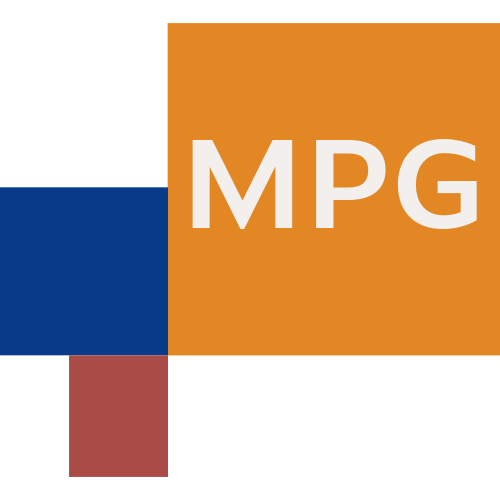menu
menu
Menu
cancel
- arrow_back_iosBacknavigate_nextpersonPersonal
- groupCommunities
- articleBlogs
- eventEvents
- sourceTemplates
- question_answerQuestions
- schoolLearning
- business_centerBusiness
- live_helpFAQ
How do financial institutions assess and manage risks associated with market volatility, cyber threats, and economic downturns to protect their clients' investments and maintain operational stability?
**How can blockchain technology improve transparency and reduce corruption in governmental processes?
- Exploring the potential for blockchain to ensure the integrity of public records and transactions. 2. **In what ways could blockchain-based voting systems enhance the security and accessibili...
- Analyzing the feasibility and challenges of implementing blockchain solutions for secure, transparent, and tamper-proof voting. 3. **What are the potential legal and regulatory implications o...
- Examining the need for new regulations or amendments to existing laws to govern the use of blockchain in government activities.?
How can digital technology and data analytics be utilized to enhance transparency and accountability in government operations and decision-making processes?
What are the potential benefits and challenges of implementing participatory governance models, such as citizen assemblies or digital platforms for public consultation, in policy development and de...
In what ways can blockchain technology contribute to more efficient and secure governance practices, particularly in areas such as voting, public record keeping, and supply chain management in publ...
What are the key components of an effective accountability structure within an organization, and how do they contribute to transparency and responsibility?
How do accountability structures differ between hierarchical organizations and flat organizational structures, and what impacts do these differences have on decision-making and employee performance?
